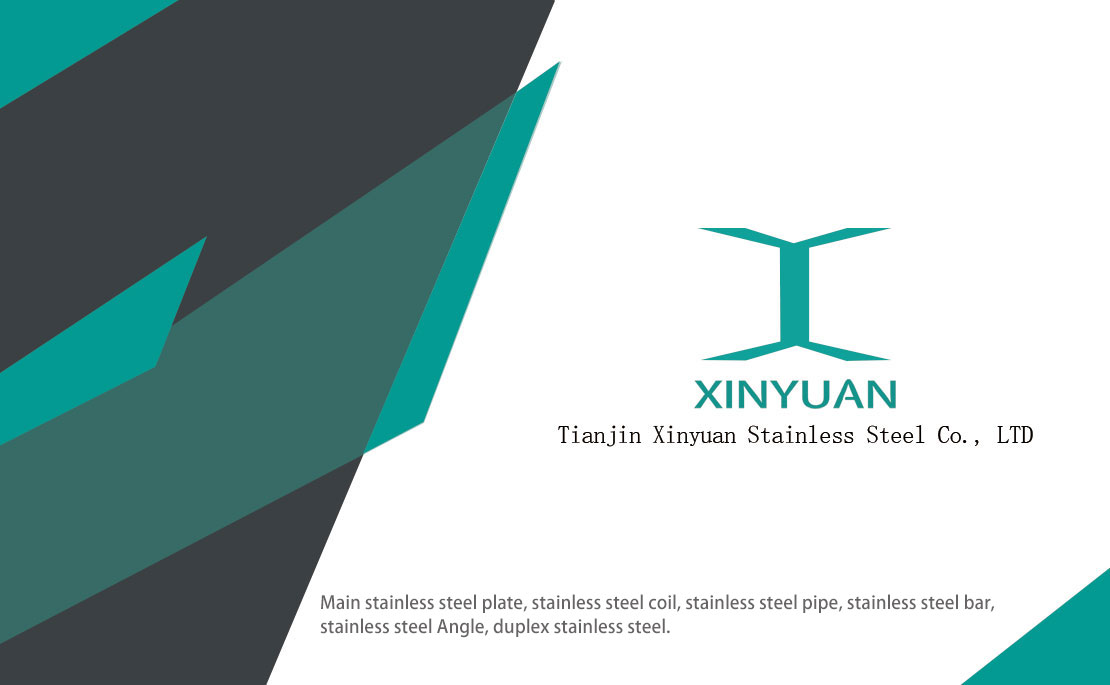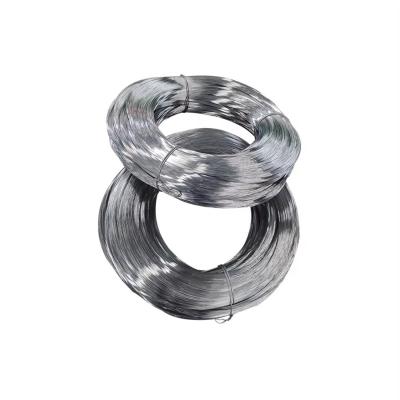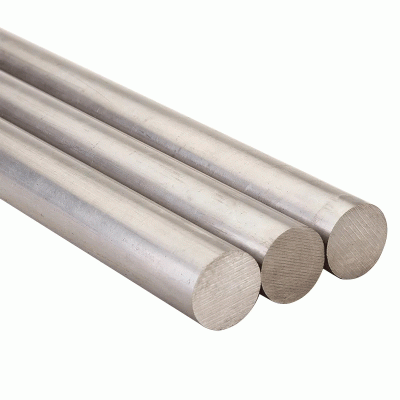Differences between 410 stainless steel and 304 stainless steel
Differences between 410 stainless steel and 304 stainless steel
410 stainless steel and 304 stainless steel are common stainless steel grades, which are different in composition, performance, use, etc.
304 stainless steel contains more metal element nickel (Ni) than 410. It has better corrosion resistance and oxidation resistance, better stability, and is widely used in industrial and household decoration and daily tableware; The 410 stainless steel has higher carbon content, better strength and hardness, and stronger magnetism. It is suitable for industrial appliances, such as bolts, nuts, pump parts, rulers and some tableware.
First of all, we need to understand the basic knowledge of stainless steel. Stainless steel is generally made of iron as the main component, and some carbon compounds, nickel, chromium and other metal elements are added. The content of these rare metals is generally used to evaluate the grade of stainless steel. The commonly used method for evaluating stainless steel grades is the American Standard ASTM developed by the American Iron and Steel Institute, and stainless steel 410 and 304 grades are developed according to this method.
304 stainless steel
304 stainless steel is the most common stainless steel brand in our life. Most stainless steel bowls and chopsticks, spoons and cups are made of this material. This kind of stainless steel has a lot of contact with acid and alkali. Therefore, it has good acid and alkali resistance, high density and beautiful polishing. This stainless steel is currently the most widely used, accounting for 50% of all stainless steel production.
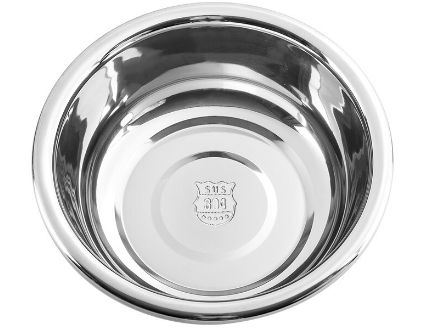
410 stainless steel
410 stainless steel contains 0.15% carbon and 13% chromium. It is a semi martensitic stainless steel. After quenching and tempering, it has high strength and toughness. It has good corrosion resistance and machining performance in a weak corrosive medium with a temperature not exceeding 30 degrees. It also has rust and corrosion resistance in wet atmosphere and fresh water, and has high thermal stability below 700 ℃. Good machinability, but poor processing formability and weldability.
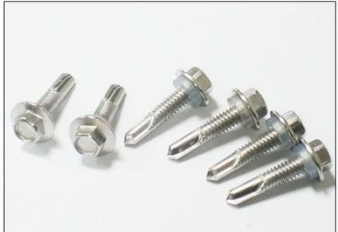
Comparison
1. Material composition and corrosion resistance
304 stainless steel contains 17% - 19% chromium and 8% - 10% nickel; The 410 stainless steel contains 0.15% carbon and 11.5% - 13.5% chromium, without nickel. 304 stainless steel has higher chromium content than 410, so its corrosion resistance, oxidation resistance and high temperature resistance are much stronger. For example, 304 stainless steel will not be corroded by common food and environment, while 410 stainless steel is relatively easy to be corroded.
2. Strength and hardness
410 stainless steel is martensitic and semi martensitic, while 304 stainless steel is austenitic, so 410 stainless steel has higher strength and hardness than 304 stainless steel. Therefore, 410 stainless steel is mostly used in the automobile transportation industry and is not afraid of collision, while 304 stainless steel is mostly used in life scenes, such as pots and pans, cups, etc.
3. Magnetism
410 stainless steel is one of the most commonly used martensitic stainless steels. Unlike austenite (such as AISI304 and AISI316), martensite is magnetic and can be hardened by heat treatment such as carbon steel and low alloy steel. The 304 stainless steel needs cold working to be magnetic.
4. Purpose
410 stainless steel is generally used for bolts, nuts, pump parts, tableware, ruler, etc. It is general purpose steel and cutting tool steel. Its derivatives also have multiple uses. 410S is a steel that improves the corrosion resistance and formability of 410 steel. 410F2 is a lead free cutting steel that does not reduce the corrosion resistance of 410 steel. 410J1 is a high-strength steel that further improves the corrosion resistance of 410 steel, and is used for turbine blades and high-temperature components.
304 stainless steel has the characteristics of corrosion resistance, high temperature resistance, good processing performance and high toughness. It is widely used in industry, furniture decoration industry and food and medical industry, and can be used to make equipment and machine parts that require good comprehensive performance. 304 stainless steel is widely used, and most of our common pots and pans, cups, etc. use this material.
4、 Suggestions and precautions
If you choose daily utensils such as tableware and water cups, you can directly choose 304 stainless steel food grade material, which is also the lowest brand of food grade stainless steel, with a relatively high cost performance ratio; And 410 stainless steel is generally used for composite pot bottom (used for induction cooker) or knife and fork.
In addition, it should be noted that when selecting stainless steel food utensils, food grade stainless steel must be selected, that is, with the logo of GB 4806.9-2016. GB 4806.9-2016 is the national standard for stainless steel tableware, which clearly stipulates what standards stainless steel in contact with food should meet.
Xinyuan stainless steel products, trustworthy, if you have any needs, welcome to inquire with me.
